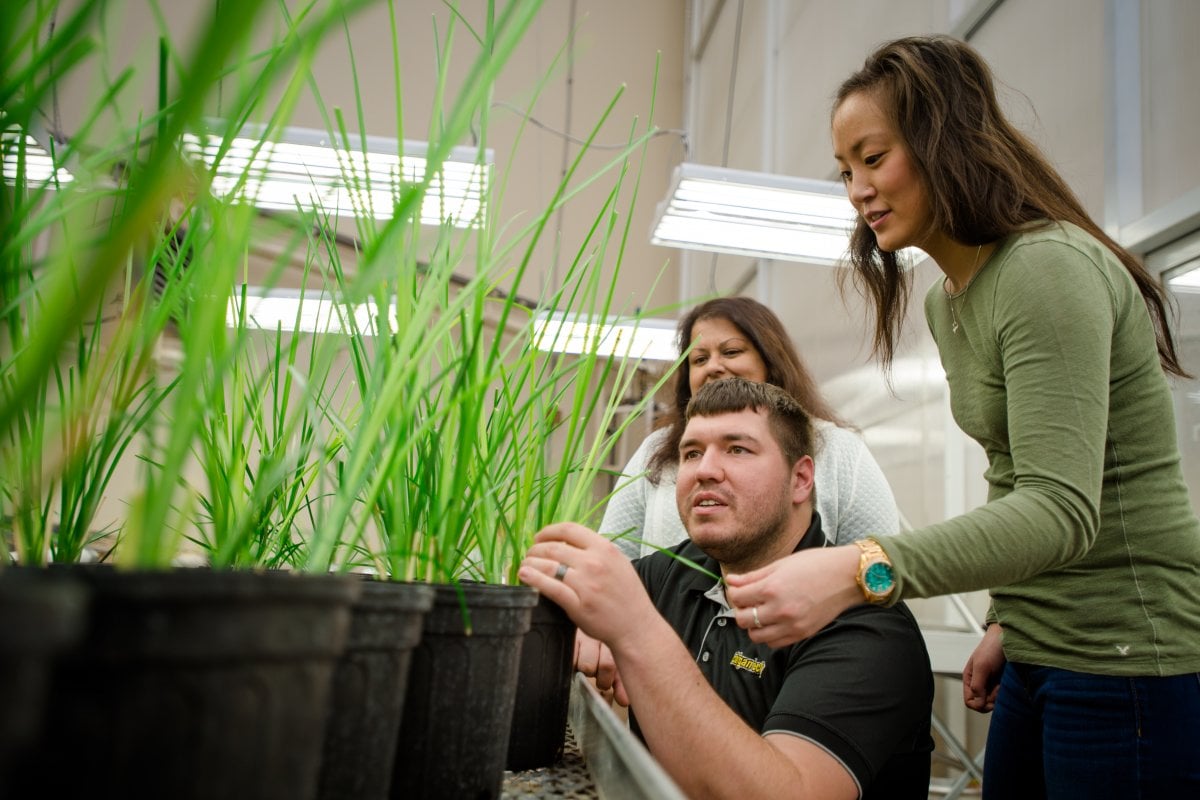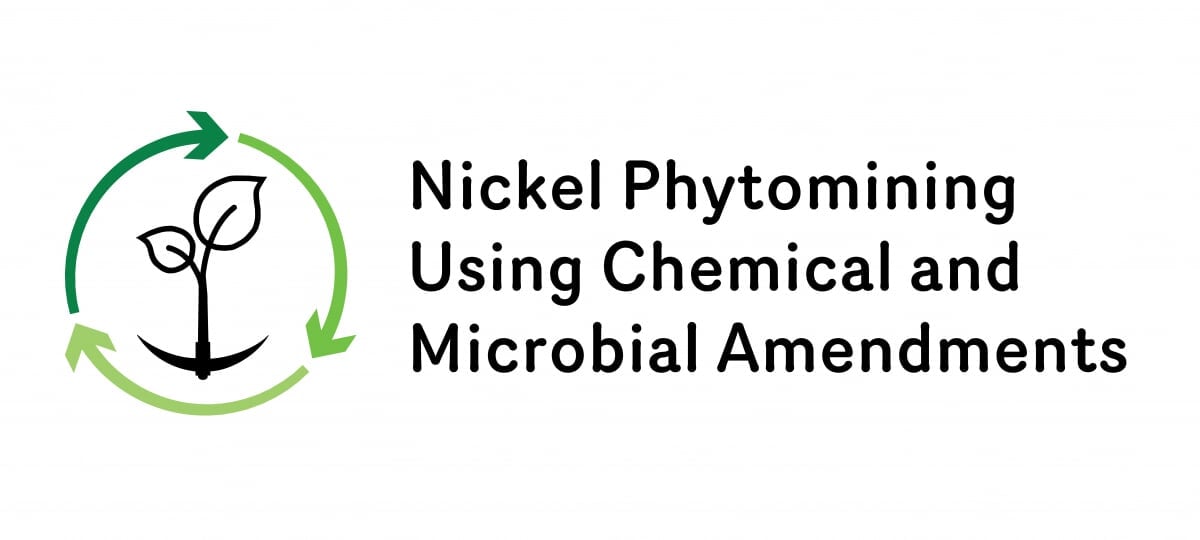What is phytomining?
Phytomining uses plants to extract minerals from the soil that are difficult to extract otherwise. Developing a way to access the metals is essential to meet the growing demand for clean energy technologies that use these metals such as nickel.
The Goal of Nickel Phytomining
In this project, their goal is to develop a chemically and microbiologically catalyzed phytomining (CMPM) technology that will make nickel (Ni) more available for uptake and translocation. They will do this by hyperaccumulating plants from the nickel-enriched ultramafic marginal soils from the Serpentine Barrens.

What and where are the Serpentine Barrens?
Existing in two large areas on each coast of the United States, the west coast one covers nearly 11 million acres on both sides of the Oregon-California border. The State Line Serpentine Barrens on the east coast runs along the border between Pennsylvania and Maryland with around 38,400 acres of this unique ecoregion. Both of these regions are characterized as being a rocky area with no trees, sparse vegetation, and bare soil. The word serpentine describes the rocks found there, which are typically low in silica because they originated in the earth's mantle layer. As a result, these rocks often have a higher concentration of metals that are toxic to plants, which is why the soil is often bare or sparsely covered with vegetation.
Challenges to Phytomining Nickel
Metal phytomining is always a challenging proposition due to the large number of variables involved in the process that encompasses the ecosphere (plants), the hydrosphere (water), and the geosphere (soils), which imparts a high degree of uncertainty to its successful implementation. One of the major limiting factors for effective Ni phytomining in ultramafic soils is the general unavailability of nickel for uptake by hyperaccumulator plants.
Serpentine barrens are considered a liability from agronomic and horticultural perspectives because of the metal-enriched toxicity to most plants. The proposed CMPM technology, informed by integrating geochemical, microbiological, plant physiological-biochemical, and sustainability data, will convert the hundreds of thousands of acres of unproductive serpentine barren soils from a liability to a resource.

Objectives of the Project
- Optimizing plant uptake of nickel from serpentine barren soils via chemical amendments in the form of biodegradable organic chelating agents;
- Prescribing a rhizospheric bacterial consortium to aid in nickel mobilization and uptake and to enhance plant growth;
- Identifying specific biochemical and molecular biological mechanisms responsible for Ni tolerance and accumulation in HA plants;
- Developing a novel biosensor to study nickel accumulation in hyperaccumulator plants in real-time; and
- Performing life cycle and techno-economic analysis (LCA/TEA) of the CMPM technology to demonstrate its economic and environmental sustainability
The Team
To the team's knowledge, this is the first time a chemically and microbiologically catalyzed phytomining technology to extract Ni from marginal soils will be developed. They hope to develop a biosensor to detect nickel in plant tissue to allow nickel complexation monitoring in hyperaccumulator plants in real-time. This will reduce dependence on complicated extraction and analytical facilities to detect and quantify Ni binding in HA plants. A wealth of basic scientific information will be generated in this study viz. plant biochemistry, soil geochemistry, and rhizosphere microbiome, that would be useful for developing other metal phytomining technologies in the future.
The team of highly experienced researchers have expertise in metal phytoremediation
(Datta - Michigan Tech), environmental soil and water chemistry (Sarkar - Stevens
Institute of Technology), environmental microbiology (Techtmann - Michigan Tech),
analytical chemistry/biochemistry (Sadik - New Jersey Institute of Technology), sustainability
analysis (Braida - Stevens Institute of Technology), and technology commercialization
(Christodoulatos - Stevens Institute of Technology) to ensure successful development
of the CMPM technology. Successful completion of this comprehensive project will lead
to an impactful technological innovation which upon broadscale field implementation
will have the potential to be disruptive in the metal phytomining marketplace.
